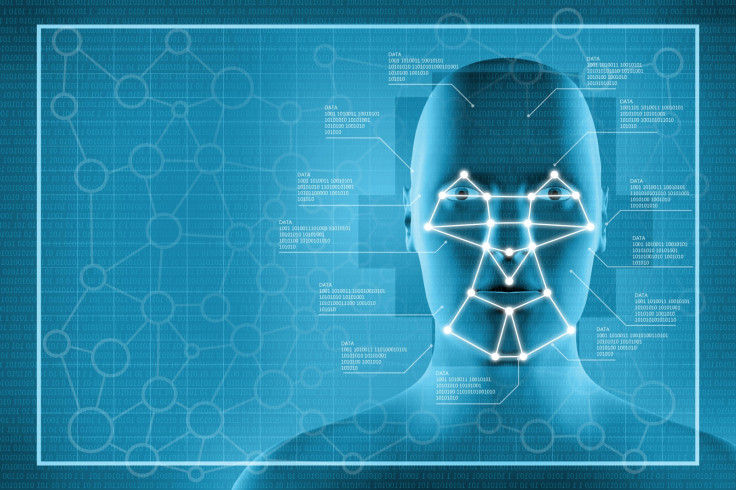Dodging facial recognition software inches toward reality thanks to new anti-surveillance clothing tech
The Hyperface project aims at creating clothes with patterns designed to overwhelm facial recognition systems.

Are you wary of facial recognition software encroaching on your privacy? Fret not. A new innovative solution reportedly exists to address just such an issue. A novel anti-surveillance clothing technology, spearheaded by artists and techie Adam Harvey, aims at helping those staunch privacy activists at dodging facial recognition systems.
Facial recognition software is increasingly becoming embedded in various aspects of everyday consumer goods and services. Tech giants like Facebook and Amazon have already begun integrating AI (artificial intelligence) powered facial recognition software into various aspects of their firms. However, the technology has raised concerns over user privacy. According to a Guardian report, the Hyperface project aims at creating clothes with patterns designed to overwhelm facial recognition systems.
The project entails printing patterns onto clothing or textiles, which appear as if they have facial features, such as eyes and mouth that a system is designed to recognise and interpret as a human face.
According to Harvey, who was speaking at the Chaos Communications Congress hacking conference in Hamburg, Germany, the project aims at "overloading an algorithm with what it wants, oversaturating an area with faces to divert the gaze of the computer vision algorithm".
Harvey explained: "As I've looked at in an earlier project, you can change the way you appear, but, in camouflage you can think of the figure and the ground relationship. There's also an opportunity to modify the 'ground', the things that appear next to you, around you, and that can also modify the computer vision confidence score."
According to Harvey, the patterns, created in collaboration with international interaction studio Hyphen-Labs, can be worn by users, or used otherwise to cloak a specific area. "It can be used to modify the environment around you, whether it's someone next to you, whether you're wearing it, maybe around your head or in a new way," he added.
Harvery gathered 47 different data points from academic and commercial researchers, claiming to be able to spot faces from a 100x100 pixel facial image, in efforts to highlight the scope of facial recognition tech impacting expectations of privacy. The data points include characteristics such as "kind" or "calm", demographics such as "age" and "gender" and criminal tendencies like "white collar offender" or "paedophile".
"A lot of other researchers are looking at how to take that very small data and turn it into insights that can be used for marketing," Harvey said. "What all this reminds me of is Francis Galton and eugenics. The real criminal, in these cases, are people who are perpetrating this idea, not the people who are being looked at."
Harvey's technology is aimed at being more than futuristic. The project aims to impact the world in a comprehensive manner. "In 100 years from now, we're going to have a similar transformation of fashion and the way that we appear. What will that look like? Hopefully it will look like something that appears to optimise our personal privacy."
© Copyright IBTimes 2025. All rights reserved.






















